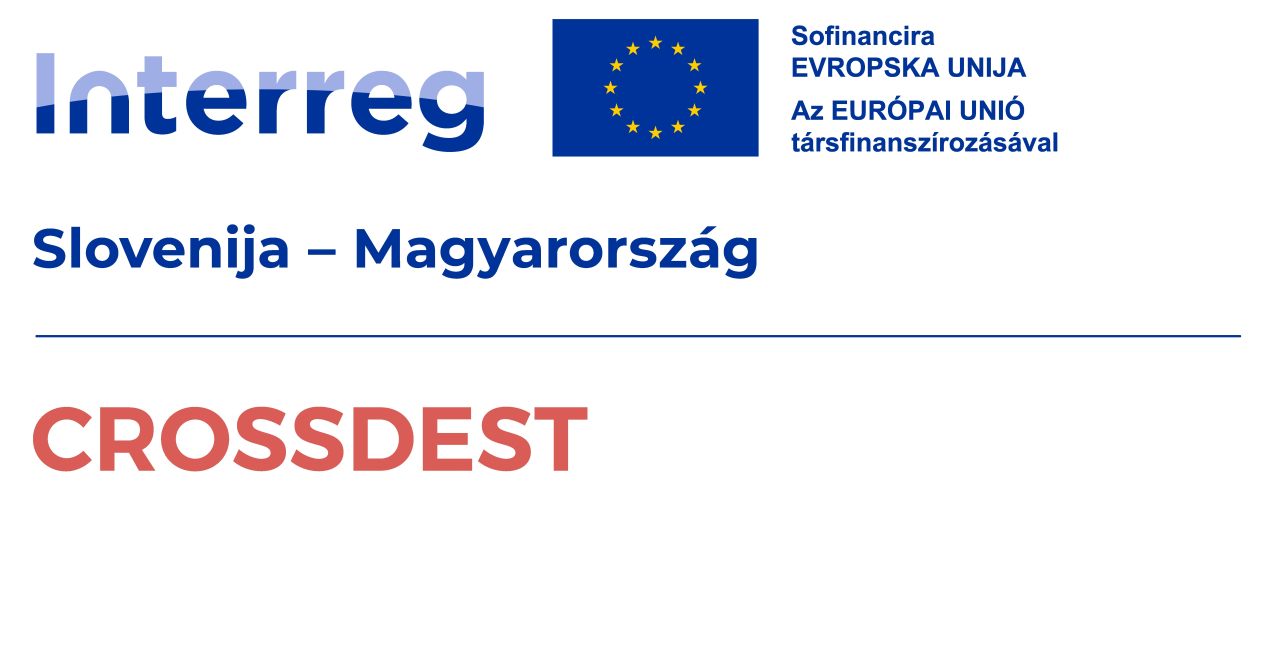Time travel, geological wonders, flavours: sustainable adventures in the Novohrad–Nógrád Geopark
The Novohrad–Nógrád UNESCO Global Geopark, as Europe’s first cross-border geopark, uniquely connects the natural, geological, and cultural treasures of Hungary and Slovakia. The geopark not only focuses on preserving geological heritage but also adheres to the principles of sustainable and responsible tourism – in line with GSTC standards and the Sustainable Development Goals. The active involvement of local communities, the protection of cultural heritage, and the sustainable use of natural resources all contribute to ensuring that the region remains liveable, authentic, and attractive in the long term. Here are five iconic locations to explore, offering not only a glimpse into the diversity of the geopark but also the chance to experience sustainable travel.
1. Ipolytarnóc Fossils – A journey to the Miocene epoch
The Ipolytarnóc Fossils are one of Europe’s richest palaeontological sites. The 17-million-year-old petrified trees, prehistoric animal imprints, and footprints provide a fascinating insight into the ancient world. Walking along the nature trails, visitors can explore the area sustainably, with the help of interactive exhibits and audio guides, without harming the environment.
Why is it sustainable?
The site operates with environmentally friendly visitor management, strictly limiting visitor impact, and places a strong emphasis on environmental education, ensuring that tourism does not endanger its geological and ecological values.

2. Bárna Nagykő – The basalt giant of the Medves Hills
Towering above Bárna, the 519-metre basalt peak of the Bárna Nagykő offers a unique sight. The traces of past volcanic activity are preserved in the black columnar and grey layered basalt formations, which were once quarried. It can be accessed via the blue-marked hiking trail, through the charming forest paths of the Zához Valley. The tranquillity of nature and the panoramic views make it an ideal spot for slow tourism enthusiasts.
Why is it sustainable?
The area is locally protected, ensuring the long-term preservation of its landscape and wildlife. Designated hiking trails help manage visitor pressure, preventing damage to habitats.

3. Mátraverebély–Szentkút Hermit Dwellings – Serenity and spirituality
Mátraverebély–Szentkút is not only one of Hungary’s most significant pilgrimage sites but also a harmonious meeting point of nature and religious tradition. The medieval hermit dwellings carved into the limestone of Meszes Hill evoke the lives of former hermits. The site is sustainably managed, easily accessible, and ideal for those interested in spiritual tourism and cultural heritage.
Why is it sustainable?
The pilgrimage site operates in collaboration with local communities, focusing on preserving religious and cultural values while respecting the environment and supporting the local economy through pilgrimage tourism.

4. Somoskő Castle and the Basalt Organ Pipes – Where history meets geology
The romantic ruins of Somoskő Castle rise above the Hungarian–Slovak border, offering stunning views of the surrounding mountains. At the foot of the castle, the basalt organ pipes are natural wonders shaped by volcanic forces – their regular, columnar basalt formations are masterpieces of nature’s geometry. The area is easy to explore and serves as an excellent example of combining geotourism with cultural tourism.
Why is it sustainable?
The site is under nature conservation protection, and sustainable tourism infrastructure (such as information boards and trails) minimises environmental impact while enhancing visitors’ understanding of the importance of geological heritage.
5. Szanda Castle Ruins and Surroundings – Legends in the heights
The ruins of Szanda Castle offer one of the most beautiful panoramas in the Cserhát region. The medieval fortress remains are surrounded by diverse hiking trails and natural attractions. The area’s rich flora and fauna, along with local legends, add to the experience of visiting.
Why is it sustainable?
The area is an ecologically valuable habitat, where preserving the natural environment is a priority. Visitor routes and the presentation of cultural heritage help raise awareness of local values and promote responsible tourism.

Sustainable experiences in the geopark
A trip to the Novohrad–Nógrád Geopark goes beyond traditional tourism: visitors actively contribute to the preservation of local communities and ecosystems. Buying local products, respecting nature, and choosing sustainable transport options are all part of the shared effort to ensure the geopark’s values are preserved for future generations. Many local providers have joined the GEOfood international programme, which promotes food and drinks made from locally sourced ingredients within geoparks – making your time here not just an experience but also a way to support the local economy and culinary heritage.
More News
All-
4 Mins

Read -
7 Mins

Read -
7 Mins
Read -
5 Mins
Read -
6 Mins

Read -
6 Mins

Read -
3 Mins

Read -
3 Mins

Read -
10 Mins

Read -
5 Mins

Read -
6 Mins

Read -
4 Mins

Read -
4 Mins

Read -
6 Mins
Read -
7 Mins

Read -
5 Mins

Read -
4 Mins
Read -
4 Mins

Read -
4 Mins

Read -
4 Mins

Read -
6 Mins

Read -
3 Mins

Read -
1 Mins

Read -
2 Mins
Read -
2 Mins

Read -
3 Mins

Read -
3 Mins

Read


